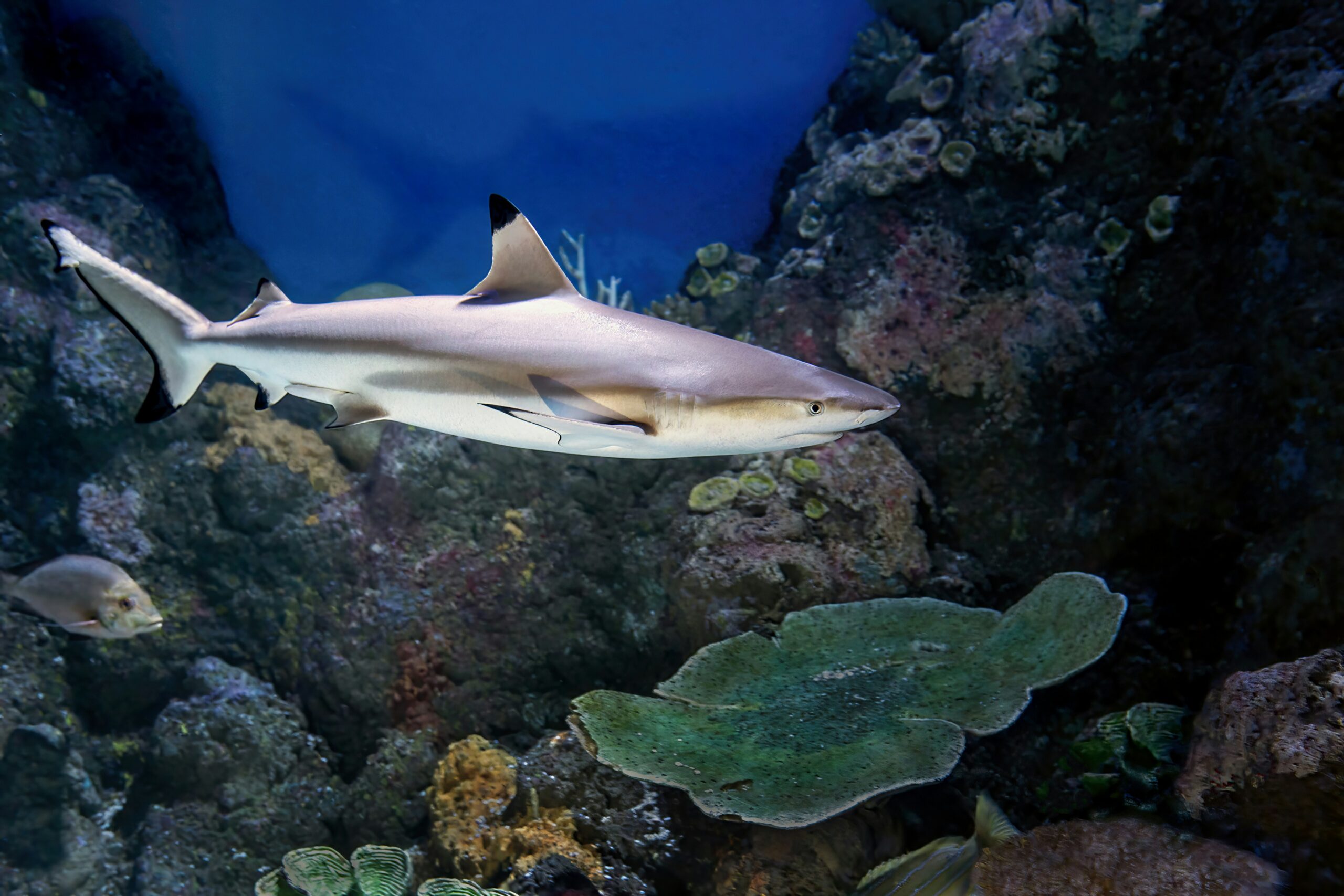
18 Oct How to Spot Different Marine Wildlife on Your Dolphin-Watching Tour
A dolphin-watching tour with Blue Wave Adventures is more than just a chance to see dolphins up close—it’s an opportunity to experience the incredible diversity of marine life that thrives along the South Carolina coast. While dolphins are the stars of the show, you’ll likely encounter many other fascinating creatures as you cruise through the waters of Murrells Inlet and beyond. Knowing what to look for and where to look can make your tour even more exciting. Here’s a guide on how to spot different marine wildlife during your dolphin-watching adventure.
1. Bottlenose Dolphins
Let’s start with the main attraction: bottlenose dolphins. These playful and intelligent creatures are common on Blue Wave Adventures tours. Dolphins are highly social and often swim in pods, so once you spot one, more are usually nearby.
How to Spot Dolphins:
- Look for splashes: Dolphins often breach the surface of the water, creating noticeable splashes. Watch the horizon for any disturbance in the water.
- Watch for dorsal fins: Dolphins breathe through blowholes, so you’ll likely see their dorsal fins cutting through the water before spotting the rest of their bodies.
- Listen for clicks and whistles: Dolphins communicate through a series of clicks, whistles, and other sounds. If you’re lucky, you might hear them!
2. Sea Turtles
While dolphins may be the main draw, sea turtles are another exciting sight on your tour. South Carolina’s coast is home to several species of sea turtles, including the loggerhead and green sea turtle. These creatures are often spotted swimming near the surface or resting on the ocean floor in shallow waters.
How to Spot Sea Turtles:
- Look near the surface: Sea turtles often come up for air, so look for their heads bobbing above the water.
- Shallow waters: They are more likely to be seen in shallow areas near reefs or sandbars.
- Turtle nests: During certain times of the year, you may even learn about turtle nesting habits from your guide, though you’re more likely to spot them swimming.
3. Pelicans and Other Seabirds
As you explore the waters, you’ll also encounter a variety of seabirds that thrive along the coast. Brown pelicans, with their large wingspans and distinctive dive-bombing fishing technique, are one of the most iconic birds you’ll see on your dolphin-watching tour. You might also spot seagulls, egrets, and ospreys hunting for fish.
How to Spot Seabirds:
- Pelicans diving: Look for brown pelicans flying low over the water. When they spot fish, they dive into the water to catch their meal.
- Ospreys and eagles: These birds of prey are often seen soaring above the water, scanning the water for fish. Watch for their distinctive, circling flight patterns.
- Resting on docks or sandbars: Many birds, especially seagulls and herons, rest along sandbars or docks, making them easy to spot during your tour.
4. Stingrays and Skates
Stingrays and skates are commonly found in the shallow waters around Murrells Inlet, gliding gracefully along the seafloor. These fascinating creatures are often camouflaged with the sandy bottom, but you can spot them with a bit of patience.
How to Spot Stingrays:
- Look for movement on the seafloor: Rays and skates often bury themselves in the sand, but you can sometimes see their outlines or their wings as they move just above the seafloor.
- Shallow, sandy areas: Rays are more easily spotted in shallow, sandy areas where they search for food like crustaceans and small fish.
- Watch for jumping rays: Occasionally, rays may leap out of the water in a surprising and mesmerizing display!
5. Sharks
Though they may seem intimidating, sharks are essential to the marine ecosystem. During your tour, you may spot smaller species like blacktip or bonnethead sharks. These sharks are generally harmless and often swim in deeper waters.
How to Spot Sharks:
- Watch for dorsal fins: Similar to dolphins, sharks have dorsal fins that cut through the water. However, their movement is slower and more deliberate.
- Look for shadows: Sharks often swim just below the surface, so you may see a shadowy figure moving through the water.
- Deeper waters: While sharks can sometimes come closer to shore, they’re more likely to be seen in the deeper waters you’ll explore on your tour.
6. Jellyfish
Jellyfish are commonly found in South Carolina’s coastal waters, especially during the warmer months. While you’ll likely spot smaller varieties, such as moon jellyfish, these creatures are still mesmerizing as they drift through the water.
How to Spot Jellyfish:
- Look for translucent shapes: Jellyfish are often difficult to spot due to their transparent bodies, but if you look closely, you can see their rounded, umbrella-shaped forms.
- Drifting just below the surface: They usually float near the surface, gently pulsating as they move with the currents.
7. Manatees (Occasionally)
While less common, some lucky visitors may glimpse a manatee during a dolphin-watching tour. These gentle, slow-moving creatures typically migrate through South Carolina’s coastal waters during the warmer months.
How to Spot Manatees:
- Look for large, rounded heads: Manatees come up for air, so you may see their heads or backs breaking the water’s surface.
- Shallow waters: They are usually found in shallow, calm waters, so keep your eyes peeled near inlets and creeks.
8. Crabs and Other Small Marine Creatures
While on the water, you’ll likely see small marine creatures like blue crabs, horseshoe crabs, and even the occasional starfish. These creatures often inhabit the shallow waters around the marshes and estuaries.
How to Spot Small Marine Life:
- Look in shallow areas: Crabs often scurry along the bottom or hide among the seagrass.
- Tidal pools and marshes: These creatures are more commonly found in shallow tidal pools or marshes, where they feed and hide.
Conclusion
A dolphin-watching tour with Blue Wave Adventures is your chance to experience the incredible marine biodiversity of Murrells Inlet. From playful dolphins to majestic seabirds and fascinating creatures like stingrays and sea turtles, there’s much to see and appreciate on your tour. Keep your eyes peeled and your camera ready—every trip offers something new and exciting!
Book your dolphin-watching tour with Blue Wave Adventures today if you’re ready to embark on your adventure and explore the beauty of South Carolina’s marine life. Our knowledgeable guides will ensure you have an unforgettable experience spotting dolphins and other unique marine wildlife


Sorry, the comment form is closed at this time.